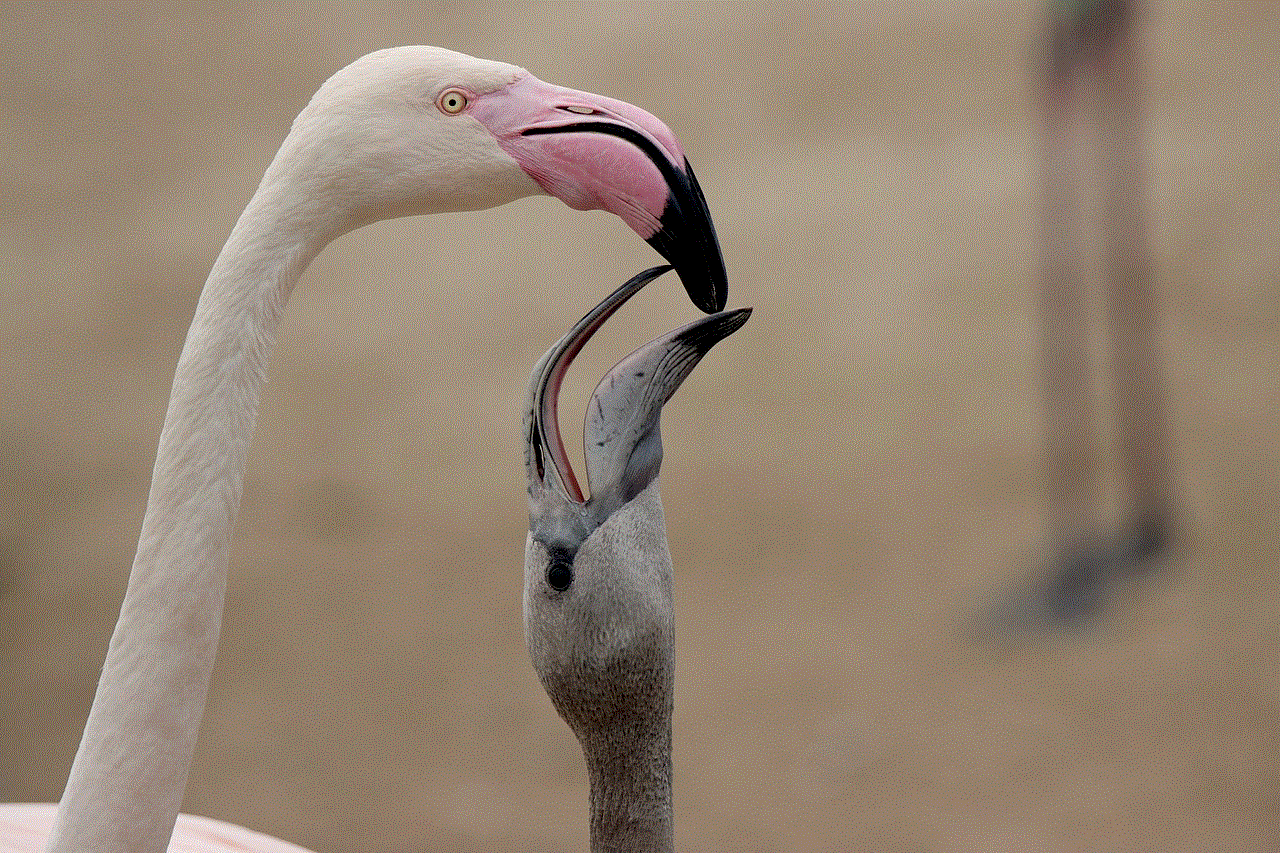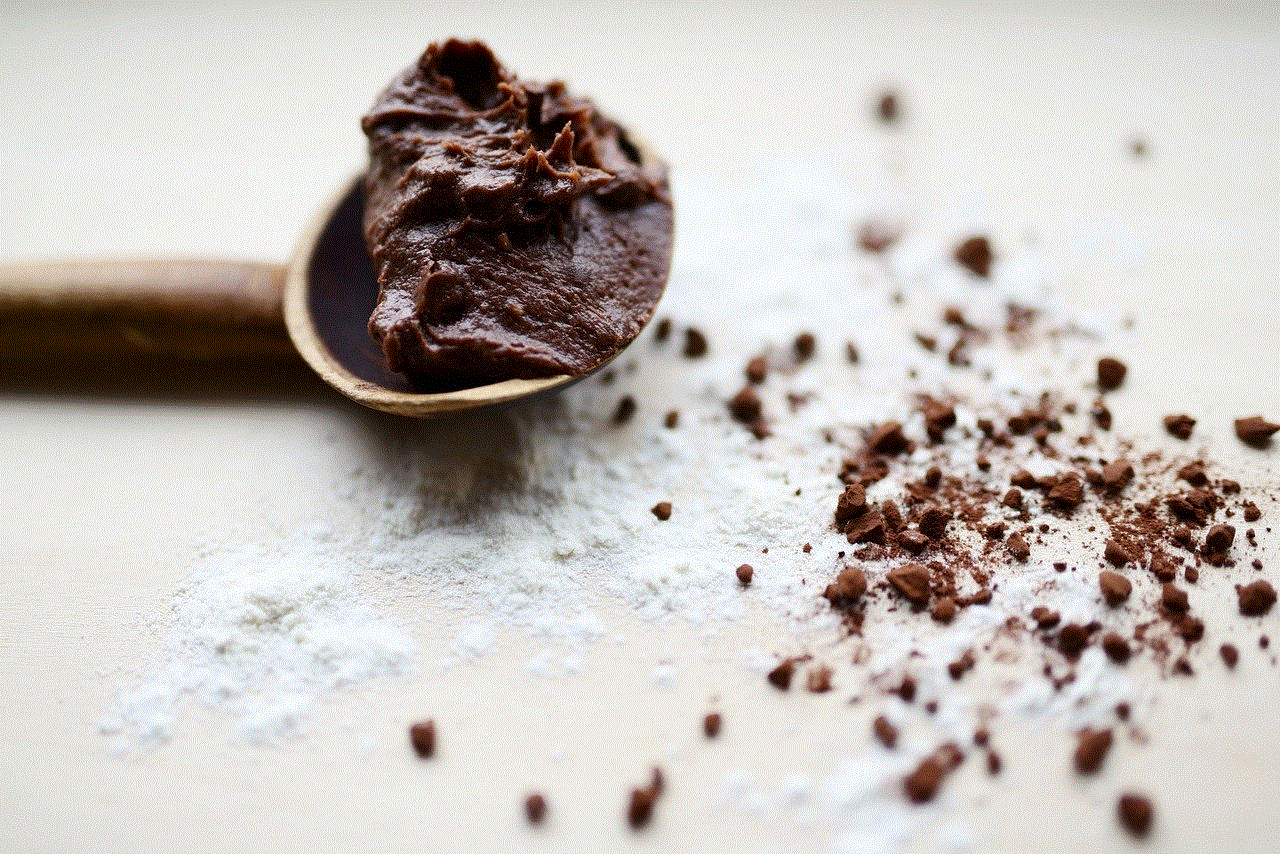snapchat bestfriend list
Snapchat is a popular social media platform that has taken the world by storm since its launch in 2011. With its unique features like disappearing messages and filters, it has become a favorite among millennials and Gen Z. One of the most intriguing aspects of Snapchat is its “best friend” list. This feature allows users to see who their top friends are on the app. In this article, we will dive deep into the world of Snapchat best friends list and explore its significance in today’s social media landscape.
To understand the best friend list on Snapchat, we first need to know how it works. The best friend list is a feature that displays the top three friends a user interacts with the most on the app. This list is updated regularly, and the friends’ order can change based on the user’s recent activity. This means that the more you interact with someone, the higher they will rank on your best friend list. However, this feature is only visible to the user, and their friends cannot see who is on their best friend list.
The best friend list on Snapchat has sparked many debates and controversies. Some argue that it is a toxic feature that promotes unhealthy competition among friends. Users often feel the pressure to maintain a high rank on their friends’ best friend list, and this can lead to jealousy and insecurity. On the other hand, some argue that it is just a harmless feature and should not be taken seriously. Whatever the case may be, the best friend list has become an essential part of the Snapchat experience, and users cannot help but be intrigued by it.
One of the main reasons why Snapchat’s best friend list is so popular is its exclusivity. Unlike other social media platforms like Facebook and Instagram , where anyone can see your friend list, Snapchat’s best friend list is only visible to the user. This creates a sense of privacy and intimacy, as users can interact with their top friends without the fear of being judged by others. It also adds an element of mystery and curiosity, as users are always trying to figure out who is on their friends’ best friend list.
Another reason why the best friend list on Snapchat is so intriguing is that it changes constantly. Unlike Facebook, where your friends’ list remains the same unless you manually remove someone, the best friend list on Snapchat is a dynamic feature. This means that it reflects the user’s recent activity on the app, making it more accurate and up-to-date. This also means that users can quickly move up or down on their friends’ best friend list, depending on their interactions.
The best friend list on Snapchat has also given rise to the concept of “Snapstreaks.” A Snapstreak is when two users send each other snaps (photos or videos) back and forth for consecutive days. The longer the Snapstreak, the more significant the friendship is deemed to be. This has become a popular trend among Snapchat users, and many go to great lengths to maintain their Snapstreaks. Some even set alarms to remind them to send a snap to their best friends every day.
Snapchat’s best friend list has also proved to be a useful tool for brands and influencers. Many businesses and social media personalities use the best friend list to their advantage by creating a close-knit community of their top followers. This allows them to engage with their most loyal fans and create a sense of exclusivity. It also helps them analyze their audience’s behavior and tailor their content accordingly.
However, the best friend list on Snapchat is not without its flaws. One of the most significant drawbacks of this feature is that it can cause friendship drama. Users often feel hurt and betrayed if they are removed from someone’s best friend list or if someone else ranks higher than them. This can lead to arguments and misunderstandings, especially among younger users. It also puts pressure on users to maintain their rank on their friends’ best friend list, which can be mentally exhausting.
Another criticism of the best friend list on Snapchat is that it promotes a shallow and superficial form of friendship. Users are often judged based on their rank on someone’s best friend list, and this can lead to fake friendships and insincere interactions. This goes against the very essence of social media, which is to build genuine connections and foster meaningful relationships.
Snapchat has tried to address these issues by introducing privacy settings for the best friend list. Users can now choose to hide their best friend list or even remove it altogether. This feature has been welcomed by many, as it gives them the freedom to choose who they want to share their best friend list with. However, it has also sparked criticism, with some arguing that it defeats the purpose of the best friend list.
In recent years, Snapchat has also made changes to the best friend list, making it more complex and personalized. Instead of just showing the top three friends, the app now has a “close friends” list, where users can add up to 30 friends. This feature allows users to prioritize their interactions with specific individuals and maintain their privacy at the same time. Snapchat has also introduced Emojis next to friends’ names on the best friend list, making it more fun and customizable.
The best friend list on Snapchat has become a significant aspect of the app’s culture, and users cannot help but be obsessed with it. It has also sparked many trends and challenges, with users trying to maintain their rank on their friends’ best friend list or compete to have the most extended Snapstreak. However, it is essential to remember that the best friend list is just a feature and should not define the value of a friendship.
In conclusion, the best friend list on Snapchat is a polarizing feature that has its pros and cons. It has become an integral part of the app’s identity and has contributed to its massive success. Whether you love it or hate it, there is no denying that the best friend list on Snapchat has revolutionized the way we interact with our friends on social media. As the app continues to evolve and introduce new features, it will be interesting to see how the best friend list evolves with it.
delete apps on chromebook
Chromebooks have become increasingly popular in recent years due to their affordability, ease of use, and integration with Google’s suite of apps. However, as with any device, it’s important to regularly manage and declutter your apps to optimize performance and storage space. In this article, we will discuss how to delete apps on a Chromebook in more than 2000 words. We will cover various methods, tips, and tricks to help you efficiently remove unwanted apps from your device.
Before we dive into the specifics, it’s important to understand what we mean by “apps” in the context of a Chromebook. Unlike traditional desktop or laptop computers, Chromebooks primarily use web-based applications instead of locally installed software. These web apps can be accessed through the Chrome Web Store or by bookmarking specific websites. Therefore, when we refer to “deleting apps” on a Chromebook, we are mainly talking about removing bookmarks or uninstalling extensions from the Chrome browser.
Now, let’s explore the different methods you can use to delete apps on a Chromebook.
Method 1: Uninstalling Apps from the Chrome Web Store
The most straightforward way to delete apps on a Chromebook is to uninstall them from the Chrome Web Store. Here’s how:
1. Open the Chrome browser on your Chromebook.
2. Click on the three vertical dots in the top-right corner of the screen to open the menu.
3. Select “More tools” and then click on “Extensions.”
4. You will see a list of all the extensions installed on your Chromebook. Scroll through the list and find the app you want to remove.
5. Click on the “Remove” button next to the app you want to delete. A pop-up window will appear, asking you to confirm the action. Click on “Remove” again to confirm.
6. The app will be uninstalled from your Chromebook.
Method 2: Deleting Bookmarks



As mentioned earlier, web apps on a Chromebook are primarily accessed through bookmarks. Therefore, removing a bookmark effectively deletes the app from your device. Here’s how to delete bookmarks on a Chromebook:
1. Open the Chrome browser on your Chromebook.
2. Find the bookmark you want to delete in the bookmarks bar or the “Other bookmarks” folder.
3. Right-click on the bookmark and select “Delete” from the menu.
4. The bookmark will be removed from your Chromebook.
Method 3: Using the App Launcher
The App Launcher is a handy tool on a Chromebook that allows you to access all your apps in one place. You can also use it to delete apps from your device. Here’s how:
1. On your Chromebook, press the “Search” key (the magnifying glass icon) on the keyboard.
2. This will open the App Launcher. You will see a list of all the apps installed on your Chromebook.
3. Right-click on the app you want to delete and select “Uninstall” from the menu.
4. A pop-up window will appear, asking you to confirm the action. Click on “Uninstall” to confirm.
5. The app will be uninstalled from your Chromebook.
Method 4: Using the Files App
The Files app on a Chromebook is the central hub for managing your files and folders. You can also use it to delete apps from your device. Here’s how:



1. Open the Files app on your Chromebook.
2. In the left sidebar, click on “Apps.”
3. You will see a list of all the apps installed on your Chromebook.
4. Right-click on the app you want to delete and select “Remove app” from the menu.
5. A pop-up window will appear, asking you to confirm the action. Click on “Remove” to confirm.
6. The app will be removed from your Chromebook.
Tips for Efficiently Deleting Apps on a Chromebook
Now that you know the different methods for deleting apps on a Chromebook, here are some tips to help you efficiently manage and declutter your device:
1. Regularly review your apps: It’s a good idea to periodically go through your apps and delete any that you no longer use or need. This will help free up storage space and improve performance.
2. Be cautious when installing new apps: Before installing a new app, consider whether you really need it. The more apps you have, the more cluttered your device will become.
3. Use the “Sort by” function: In the “Apps” section of the Files app, you can click on the “Sort by” option and select “Last used” to see which apps you haven’t used in a while. This can help you identify apps that you may want to delete.
4. Use the “Search” function: If you have a lot of apps on your Chromebook, it can be challenging to find a specific one. Use the “Search” function in the App Launcher or the Files app to quickly locate the app you want to delete.
5. Delete apps from the Chrome Web Store: If you have installed an app from the Chrome Web Store and no longer need it, you can also uninstall it from there. Go to the Chrome Web Store, click on the three horizontal lines in the top-left corner, and select “My extensions and apps.” You will see a list of all the apps and extensions you have installed. Click on the “Remove” button next to the app you want to delete.
6. Consider using a different browser: If you find yourself using a particular web app frequently, you can consider using a different browser, such as Firefox or Opera, and bookmarking the website there instead. This will help declutter your Chromebook’s Chrome browser.



Conclusion
In conclusion, deleting apps on a Chromebook is a simple and straightforward process. You can use various methods, such as uninstalling from the Chrome Web Store, deleting bookmarks, using the App Launcher, and the Files app. By regularly reviewing your apps and following our tips, you can efficiently manage and declutter your Chromebook, ensuring optimal performance and storage space. So, go ahead and give your device a much-needed clean-up by deleting any unnecessary apps today!
